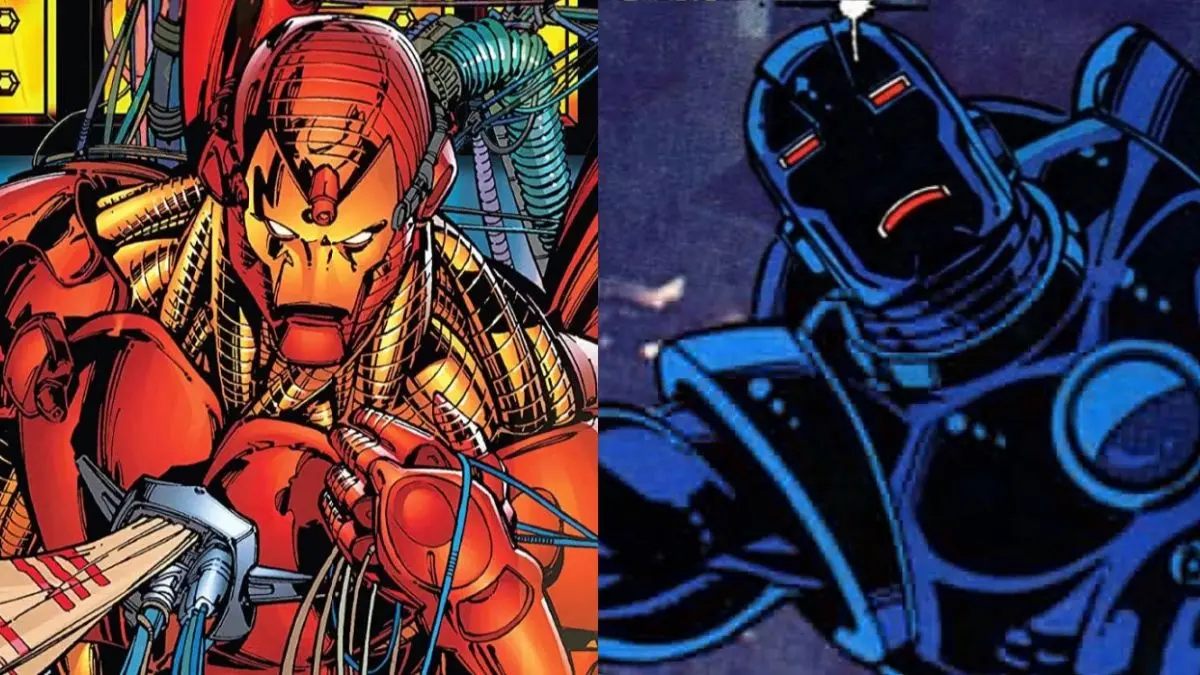In the vast arsenal of Tony Stark’s Iron Man suits, each piece of armor holds a unique place in the pantheon of superhero technology, designed with a specific purpose and equipped with an array of features tailored to various missions. While most of these suits are symbols of strength, innovation, and power, there are two that stand out for their vulnerabilities rather than their capabilities: the Mark I armor and the Model 7 Stealth Suit. Both armors, though created under vastly different circumstances and with divergent objectives, share the distinction of being among the Weakest Armor of Iron Man, each for their own reasons.
The Birth of Iron Man: The Mark I Armor
The Mark I armor represents the genesis of Iron Man. Built from scrap metal in a cave while Tony Stark was held captive, this suit was his first step towards becoming the superhero we know today. Despite its historical significance, the Mark I is considered one of the weakest Iron Man suits due to its rudimentary design and capabilities. Constructed with limited resources and under dire circumstances, it lacked the advanced technology, mobility, and firepower of its successors. The armor was bulky, slow, and equipped with only basic weapons, making it a primitive prototype compared to the sophisticated suits Stark would later create. However, its main purpose was survival and escape, which it achieved remarkably, marking the beginning of Stark’s journey as Iron Man.
Performance and Limitations
- Mobility: The Mark I armor was significantly less mobile than its successors. Its bulky design made it difficult for Stark to move swiftly, a critical disadvantage in combat situations.
- Weaponry and Defense: Although equipped with flamethrowers and a rocket launcher, the Mark I’s weaponry was primitive compared to the advanced repulsors and missile systems of later suits. Its defense mechanisms were also minimal, offering little protection against advanced weaponry.
- Sustainability: The armor’s power source was a basic version of the arc reactor, which provided limited energy. This meant that Stark could not operate the suit for extended periods, reducing its effectiveness in prolonged engagements.

The Stealth Experiment: Model 7 Armor
On the other end of the spectrum lies the Model 7 Stealth Suit, a testament to Tony Stark’s genius and his desire to push the boundaries of technology. Introduced during a covert mission, this suit was designed with a focus on stealth, employing polarized, metal-mesh armor to render Iron Man “electronically invisible.” However, in prioritizing invisibility, Stark compromised the suit’s offensive capabilities, leaving it without the signature weapons that Iron Man’s armors are known for.
The lack of firepower and the suit’s overall fragility made it exceptionally vulnerable in combat situations. Its debut mission nearly ended in disaster when Stark, unable to defend himself effectively against drones, was nearly taken down by a laser blast. The Model 7’s weaknesses highlighted the critical balance between stealth and strength, a lesson Stark took to heart in designing future armors.
A Shared Vulnerability
Despite their differences, the Mark I and Model 7 armors share a fundamental vulnerability: a significant trade-off between their primary functions and overall combat effectiveness. The Mark I sacrificed sophistication and power for the sake of immediate escape and survival, while the Model 7 traded firepower and durability for stealth. These compromises rendered them less effective in traditional combat scenarios, marking them as the Weakest Armor of Iron Man.
Also Read: Spider-Man’s major strength can sometimes turn into a notable weakness



